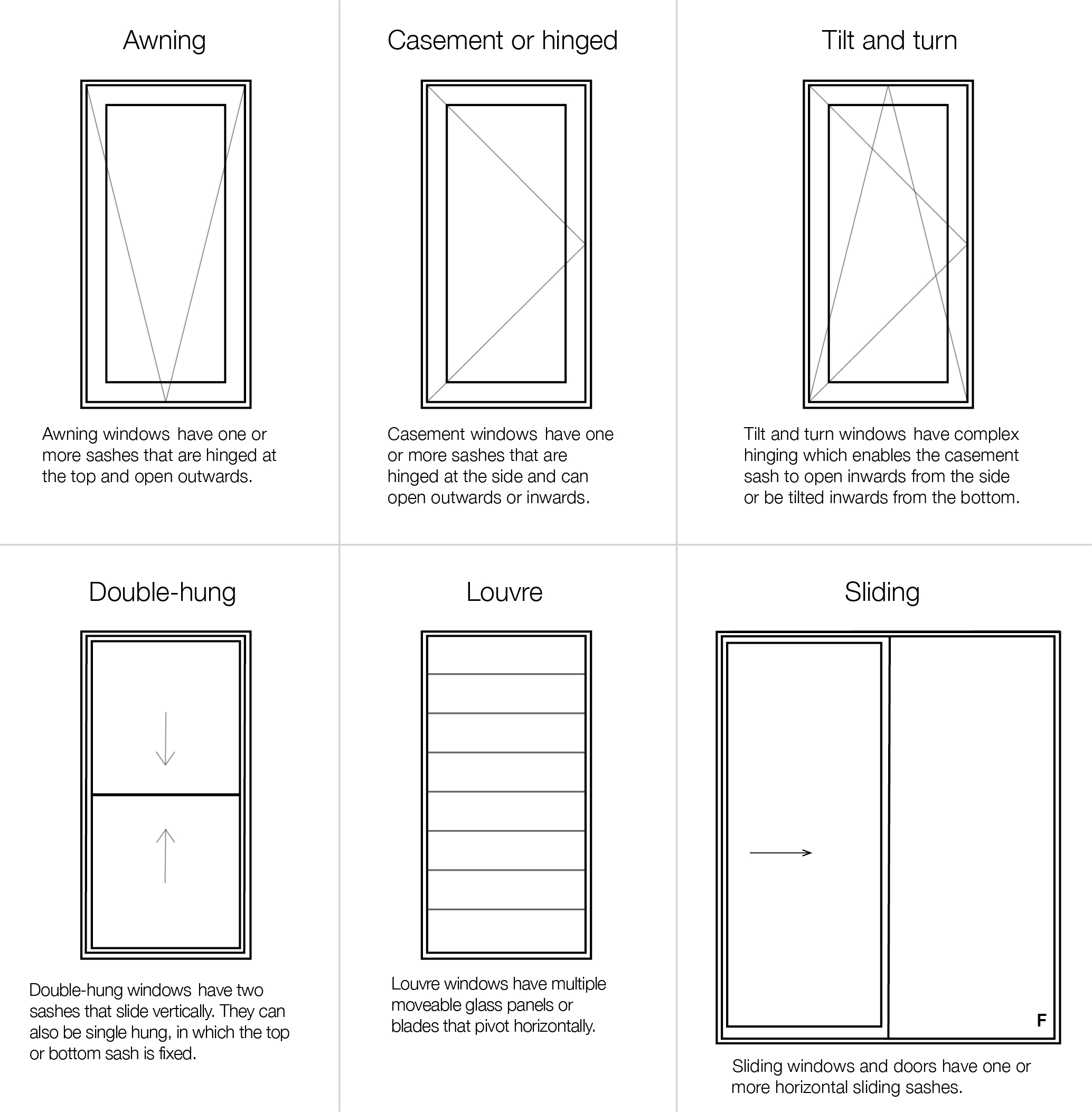All Categories
Featured
Table of Contents
How To Retrofit Your Windows With Double Glazing, And Keep ... in Lathlain WA
That window can send more solar heat in winter than in summertime. A west-facing window on a summertime's afternoon has an angle of occurrence from near 0 up to 30 with a big efficient area of solar radiation. A north-facing window, in summer season, has a high angle of incidence and a low efficient location of solar radiation, so can transfer less heat than a west-facing one.

You can quickly and easily enhance the thermal performance of your house by changing your windows. There are thousands of types of glass and frames to choose from.
Which Type Of Glass Is Best For Energy Efficiency? - A&l Windows in Henley Brook Western Australia
There are numerous various kinds of glass products to select from. Single glazing utilizes a single pane of glass. Single glazing with clear glass is not extremely effective when it comes to heat loss or gain. To improve efficiency, you can utilize single glazing with a more energy-efficient kind of glass such as low emissivity (low-e) glass.
The energy efficiency of IGUs also depends on: the properties of each layer of glass. Different glass types (for example, clear and low-e glass) can be put together in an IGU.
Why Is Double Glazing So Important In Winter? in Marangaroo Perth

IGU cavities can be filled with air or a more inert, low-conductivity gas such as argon the width of the cavity. Larger cavities supply lower (much better) U worths, with 12mm typically accepted as the favored space how well the cavity is sealed.
If argon is installed to the cavity in place of air, moisture is reliably excluded the level of desiccant (drying representative). The spacer (metal or polymer strip) that separates the glass layers contains a desiccant to take in any wetness. Inadequate desiccant might trigger wetness to condense on the glass surface in cold conditions, reducing thermal performance.
How Does Double Glazing Keep Heat Out? in Warwick Western Australia
IGUs can deliver much better energy performance for all climates, especially in heated and air-conditioned homes. Cross-section detail of single, double and triple-glazing systems Low emissivity glass (typically understood as low-e glass) minimizes heat transfer. Low-e glass might be either high or low transmission: High transmission low-e glass has a coating that permits daytime from the sun to pass into the home to attain great solar heat gain, however reduces the quantity of the long wavelength infrared heat that can escape back through the window.
Low-e glass has either a pyrolytic finish or a vacuum-deposited thin film metal coating. Pyrolytic finishes are long lasting and can be used for any glazing; vacuum-deposited finishes are soft and are only utilized within IGUs. Low-e finishings can substantially improve both U value and SHGC; however, they should be utilized properly or they will either degrade or fail to perform as needed.
Double Glazing Windows - The Best Installers In The Uk ... in Marmion Western Australia
Low-e finishes can be used in combination with clear, toned or reflective glass. Low-e coatings on glazing can lower heat transfer where required Image: Department of Industry, Science, Energy and Resources Toned glass has actually colouring additives included throughout manufacture. It is readily available in various colours, normally bronze, grey, blue and green.
Table of Contents
Latest Posts
Double Glazed Vs Single Glazed Windows in Wexcombe Perth
Which Is The Best Type Of Double Glazing? - Which? - Which.co.uk in Subiaco Western Australia
4 Benefits Of Double Glazed Windows In The Summer in Champion Perth
More
Latest Posts
Double Glazed Vs Single Glazed Windows in Wexcombe Perth
Which Is The Best Type Of Double Glazing? - Which? - Which.co.uk in Subiaco Western Australia
4 Benefits Of Double Glazed Windows In The Summer in Champion Perth